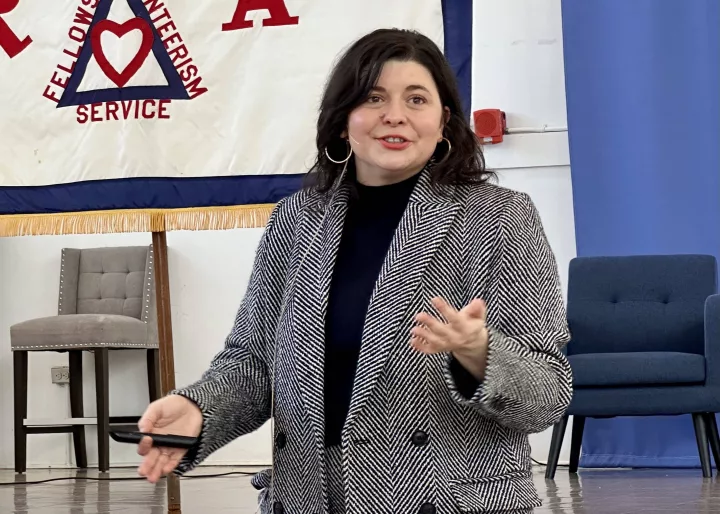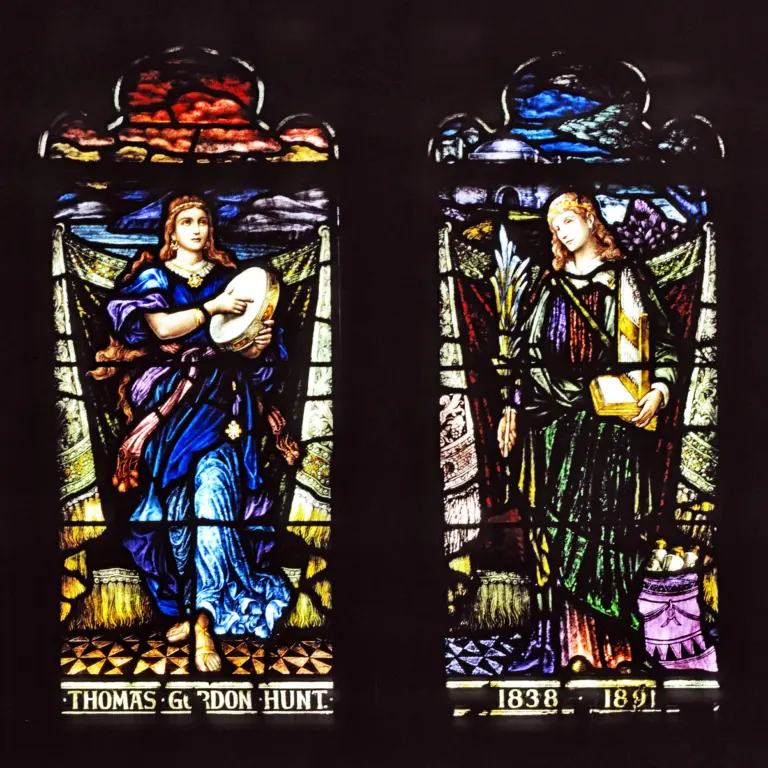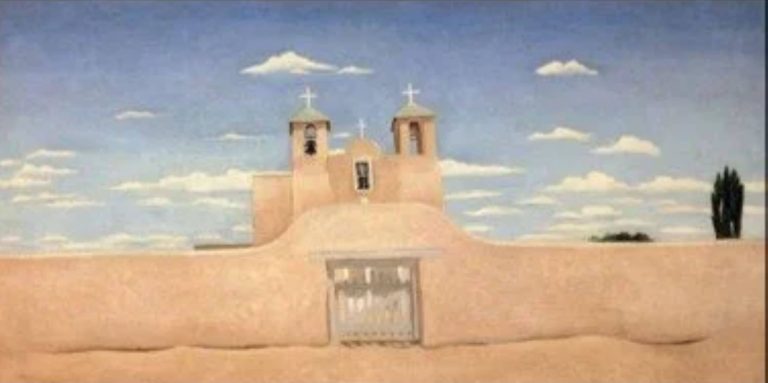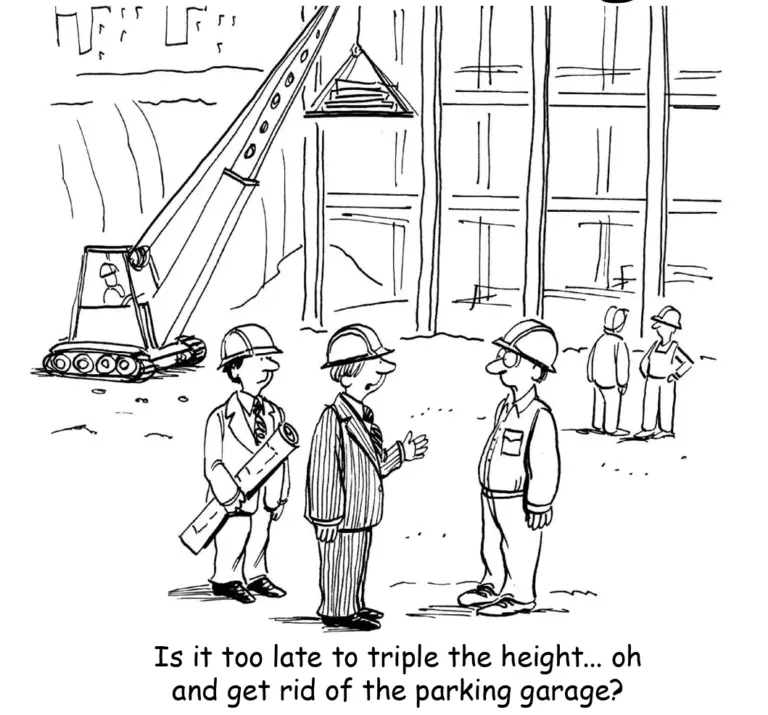
By Mark Bubar
At the April 9th meeting of the Retired Men’s Association, Carolyn Keogh, the director of education and public programs at Olana, delved into the rich history and artistic vision behind landscape painter Frederic Church’s masterpiece. This 250-acre estate, a testament to Church’s genius, transcends the boundaries of painting, becoming a living landscape shaped by art, nature, and a profound understanding of the interconnectedness of the world. Ms. Keogh illuminated Church’s deep connection to the Hudson River School, highlighting his apprenticeship with Thomas Cole, often regarded as the grandfather of the movement. Cole, an immigrant who had witnessed the industrial decimation of England’s landscape, instilled in Church a reverence for the American wilderness, urging him to capture its beauty and preserve its essence. Cole published his views on the importance of landscape in his “Essay on American Scenery,” which Ms. Keogh asserted provided some insight into how Cole might have influenced Church, his first pupil. Ms. Keogh noted that Church remained in contact with Cole’s family even after Cole’s death, hiring his son as farm manager and befriending his wife Emily Cole, a botanical painter.
She traced Church’s artistic journey, showcasing his early successes, such as “Niagara” and “Heart of the Andes,” works that not only captured the grandeur of nature but also revealed Church’s entrepreneurial spirit. He charged admission for viewings, immersing audiences in spectacles that transcended the canvas. The sale of Church’s “Heart of the Andes” painting allowed him to buy the first piece of land that would become Olana.
Ms. Keogh explored Church’s profound admiration for Alexander von Humboldt, the German naturalist whose writings deeply influenced his artistic and intellectual pursuits. Humboldt’s “Cosmos,” a text Church annotated, championed the role of the landscape painter as a vehicle for understanding nature, its composition, and its interconnectedness. As Von Humboldt theorized, the elevation of the habitat of a plant or animal related strongly to its physical characteristics, which Ms. Keogh stated, Church observed personally in his own travels. Inspired by Humboldt’s holistic approach, Church embarked on sketching expeditions to South America, meticulously documenting flora, fauna, and geological formations, capturing the character of distant regions.
Ms. Keogh emphasized the deliberate design and meticulous planning that went into shaping Olana’s landscape. What began as a working farm was transformed into a carefully orchestrated vista, with the addition of a man-made lake, five miles of carriage roads, thousands of trees, and a thriving orchard. The carriage roads themselves, as Church stated in a letter, served as a means of creating better landscapes than canvas and paint could afford. In these additions, Church’s interventions responded directly to the deforestation he witnessed, and to the artistic principles Thomas Cole espoused.
Ms. Keogh pointed to the influence on Church of George Perkins Marsh, a scientist who studied the effect that humans had on the landscape. When Church bought the property, it was mostly deforested, and the trees were being cut down. He sought to restore the native species, and added the trees as part of his landscape design.
Ms. Keogh highlighted the house itself, designed with the assistance of architect Calvert Vaux, as a viewing mechanism for the landscape. Windows were strategically placed to capture commanding views, framing the beauty of the Catskill Mountains and the Hudson River. This, according to Ms. Keogh, was an echo of the framed window Church had created for the “Heart of the Andes.” These views, she emphasized, were not only beautiful but also essential to Church’s decision to purchase the land, providing him with a constant source of inspiration and a connection to the natural world.
Ms. Keogh discussed the importance of preserving Olana’s viewshed, the panorama of the landscape surrounding the historic site. Today, the Olana Partnership actively advocates for the protection of these views, working with private property owners and organizations to ensure that development does not obstruct the vistas that Church so carefully cultivated. This includes a success story where the viewshed saved Church’s vision of a restored natural landscape from having its beauty disturbed by a power plant.
Ms. Keogh also highlighted Olana’s commitment to contemporary art, showcasing the work of artists who engage with the site’s ecological stories and explore its historical legacy. As an organization, The Olana Partnership aims to elevate these stories, as well as the stories of parts of Olana’s legacy.
Ms. Keogh closed her presentation by inviting attendees to visit Olana, both the historic site and the new Frederic Church Center for Art and Landscape, where they can experience firsthand the artistic vision and enduring legacy of Frederic Church. In response to questions from the audience, Ms. Keogh shared insights into the origin of the name Olana, the presence of formal gardens, and Church’s extensive travels, revealing the breadth of his artistic inspiration and his deep connection to the world around him. Ms. Keogh further noted that the designs Church took inspiration from during his Middle Eastern travels influenced the design of his home.
The talk can be viewed by going to the RMA website at https://greenwichrma.org, and clicking on “Speakers.”
The RMA’s upcoming presentation, “The Surprising Expansion History of the Universe” by Adam Riess, is scheduled for 11 AM on Wednesday, April 23, 2025. Note that there will be no in-person presentation of this talk; it will be viewable only online or on local access television channels.
Adam G. Riess is a distinguished American astrophysicist and cosmologist. He is a Bloomberg Distinguished Professor at Johns Hopkins University and the Space Telescope Science Institute. His groundbreaking research on supernovae as cosmological yardsticks has revolutionized our understanding of the universe’s expansion. Dr. Riess will describe his Nobel Prize-winning work to measure and understand the universe’s expansion. Then he will discuss the latest developments in the possible nature of Dark Energy and Dark Matter, the behavior of gravity across the universe, their potential impact on the fate of our universe and what open questions are ahead. He also will discuss the life of an astronomer.
His work has led to a number of major discoveries. By measuring the expansion rate of the universe (the Hubble constant) with unprecedented precision, Riess, along with Saul Perlmutter and Brian Schmidt, discovered that the expansion of the universe is accelerating, a finding that completely changed cosmology. His work also revealed that Dark Energy, a repulsive force, is the dominant component of the universe, and he developed innovative methods and tools for using Type Ia supernovae to measure accurate distances to faraway galaxies with unprecedented precision.
Don’t miss this opportunity to learn from one of the world’s leading cosmologists.
To stream the presentation by Adam Riess at 11 AM on Wednesday, April 23, click on https://bit.ly/30IBj21. This presentation will also be available on local public access TV channels, Verizon FIOS channel 24 and Optimum (Cablevision) channel 79.
Note: The views expressed in these presentations are those of the speakers. They are not intended to represent the views of the RMA or its members.
RMA speaker presentations are presented as a community service at no cost to in-person or Zoom attendees, regardless of gender. Any member of the public who would like to receive a weekly email announcement of future speakers should send a request to members@greenwichrma.org. The RMA urges all eligible individuals to consider becoming a member of our great organization, and thereby enjoy all the available fellowship, volunteer, and community service opportunities which the RMA offers to its members. For further information, go to https://greenwichrma.org/, or contact info@greenwichrma.org.




